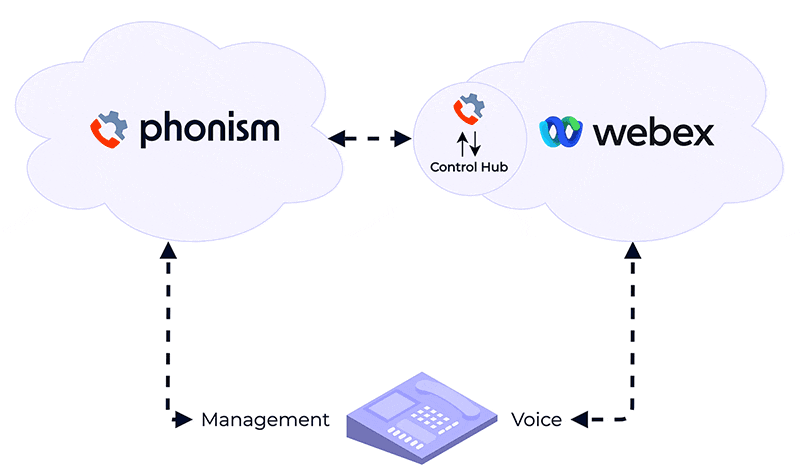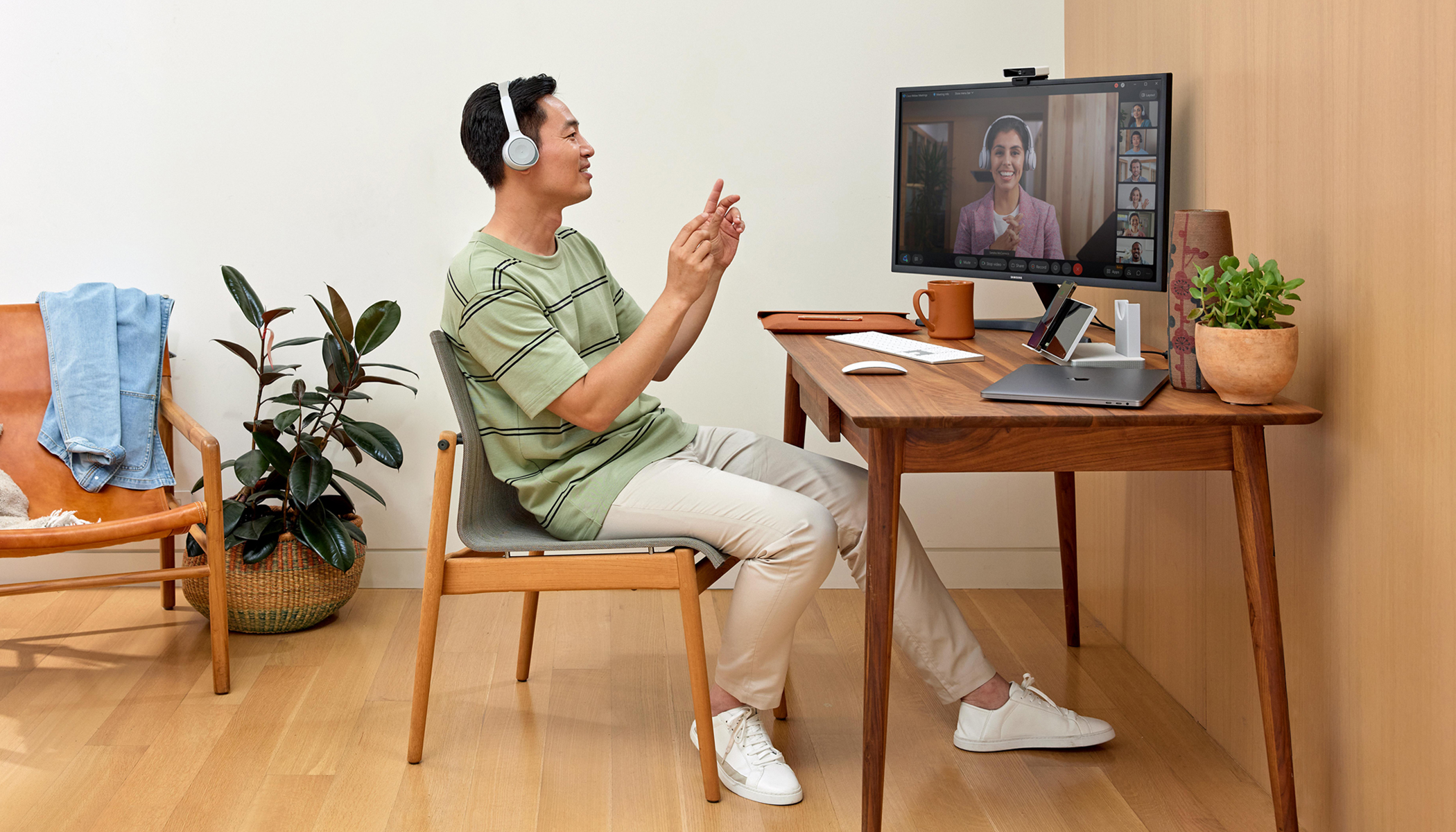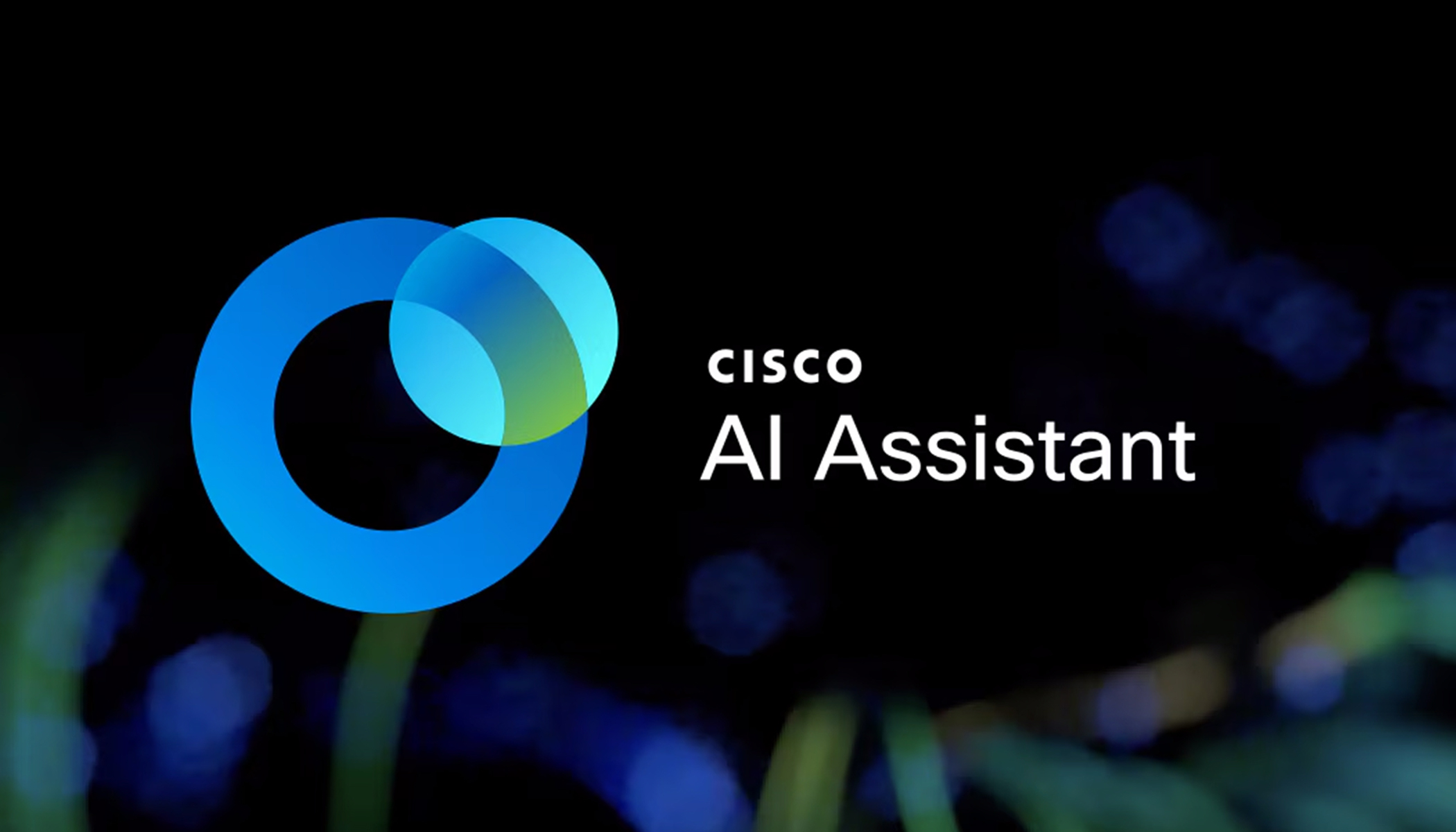Imagine you’re having a dinner party with a small group of friends, and the topic of conversation turns to education. The leading question is: if you could completely redesign schooling from scratch to make it better for every student, what would you do?
Well, here we are, experiencing this hypothetical in real life. In the midst of a global pandemic, K-12 schooling was forced to move exclusively online without any real preparation or training for teachers, parents, or students. The resulting scramble to maintain momentum in the face of a complete shutdown is forcing us all to reassess what “school” is — and what it could be.
Repackaging Education
Teachers, students, and parents are learning that simply transferring classroom curriculum onto a screen doesn’t always work – hybrid learning models need to allow for new forms of interaction and engagement. There is far more to learning than the lesson – the future belongs to “home education.”
Education involves conveying knowledge packaged together with emotional experiences. Learning is not just about facts. It’s also about how students feel as they learn and grow, how they relate to the material and how they handle pressure, timelines, interactions, and life within the school or classroom. Until recently, the only way to effectively do this was in a physical classroom. True, there has been distance education for decades, but the primary focus has always been on the physical classroom, with online material filling a support role.
Global Laboratory Experiment
 We’re now facing a global laboratory experiment centered on delivering quality education in a highly non-standardized environment – at least until students are allowed to return en masse to their schools (and even then, if students’ schedules are staggered).
We’re now facing a global laboratory experiment centered on delivering quality education in a highly non-standardized environment – at least until students are allowed to return en masse to their schools (and even then, if students’ schedules are staggered).
The priority right now is to help teachers, parents, and students incorporate quality learning opportunities into the home space. This means dispensing with the fixed mechanisms of the school day (the bell, the clock, and the physical classroom) while capitalizing on what those mechanisms provided: structure, collectivity, and social interaction. Teachers rely on a physical line of sight to read the facial expressions and body language of individual students; they use the classroom to help broadcast a lesson to a group of students simultaneously while still being able to observe them individually.
These can all be accomplished online: the video, the sound, the capacity to congregate, the opportunity for 1:1 contact, and for self-paced learning. Now, it will be key to weave these technologies around the realities of home life. This requires flexibility with the curriculum and patience with the process – the latter, which teachers have in abundance.
The Silver Lining
The good news is plentiful. The quality and value of online collaboration technology have already proven itself in the working world. We have a generation of students who are fully comfortable with online life, and we have AI-enabled intelligence to refine curricula on an individual basis. Given the different learning styles that come into the classroom, this may actually help leapfrog the schooling process, giving every student the chance to learn in a way that best suits their abilities and potential. This could be the ultimate silver lining.
Originally published on Forbes Technology Council; updated and edited 9.17.20
Learn More
https://blogs.cisco.com/collaboration/secure-hybrid-learning-with-webex
https://blogs.cisco.com/collaboration/better-than-being-there-with-webex-and-enabling-teachers-to-inspire-students-with-hybrid-learning
https://blogs.cisco.com/collaboration/distance-learning-expands-with-webex-education-connector-in-learning-management-systems
https://blogs.cisco.com/education/does-dyslexia-hold-the-key-to-the-future-of-learning




